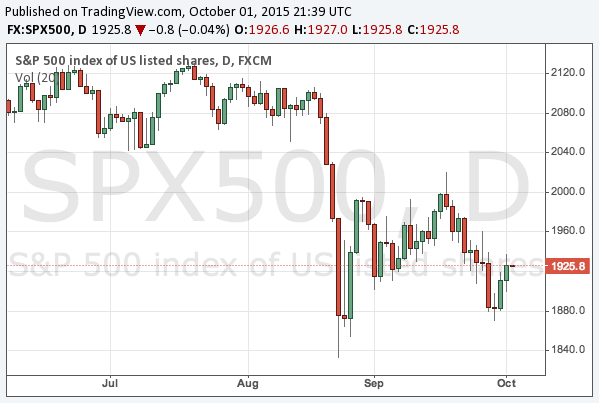The easy market for investors supported by the Fed’s quantitative easing is already over, and now the question is merely when, not if, the asset bubble bursts in several markets. The assets in a bubble are stocks, bonds and the dollar.
The Fed has ended its QE programme and is now in a process of raising interest rates. Will the US stock market be okay? It can never be okay as the central bank has injected trillions of money and is now going to retrieve it, but the market is manifesting groundless optimism.
The greatest premise investors believe in is the strong US economy and thus the strong dollar. However, the time is near for the uptrend of the dollar to be fading out. Why, how, and when? We will explain it in this article.
